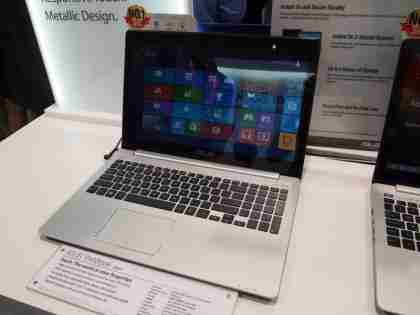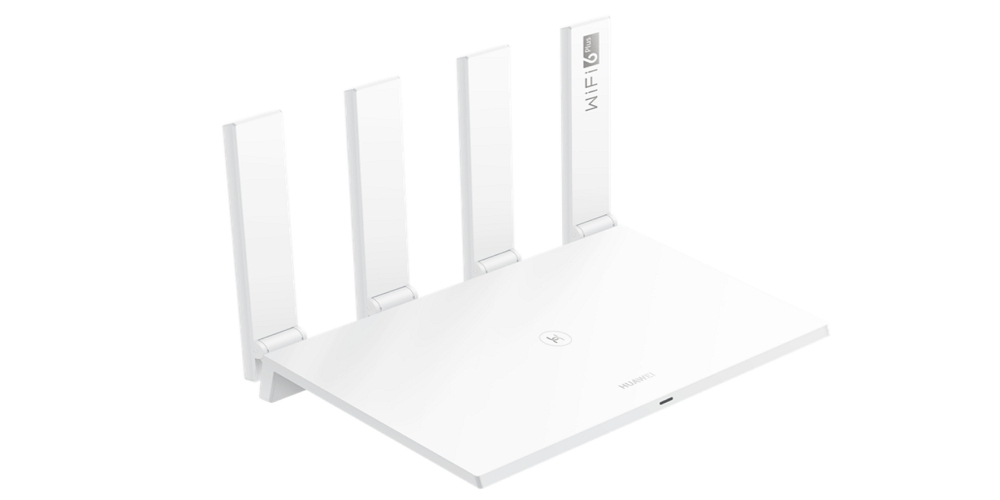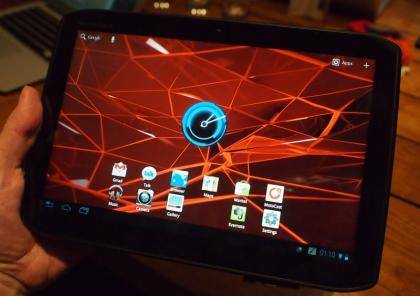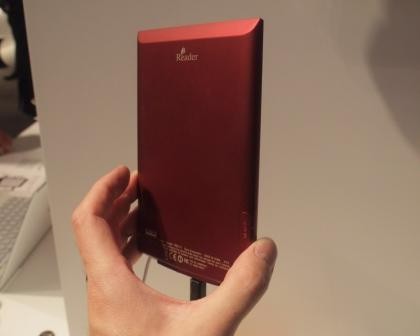Asus VivoBook S551 - Hands on with Haswell laptop
The Asus VivoBook S551 is typical of modern touchscreen laptops, we’ve seen a number of other VivoBook’s in the ‘S’ range of late and they’ve impressed us in the main – particularly the Asus VivoBook S400 . The ingredients here are a touchscreen in a classic clamshell body, slim enough to count as an Ultrabook, but usually with all the accoutrements of a laptop from years ago: a largish screen, an optical drive and a high-capacity, traditional hard disk.

The VivoBook S551 has all of these, but it stands out as one of the first mainstream laptops we’ve seen to use Intel’s new 4th Generation Core processors – also known as Haswell. So here’s a good place to have a quick look at what the new chips will bring to a popular line like the VivoBook.

HASWELL GAINS
Power efficiency is the big gain that Intel has trumpeted for Haswell. A higher end S551 could use an Intel Core i5-4350U processor, a dual-core chip in Intel’s ultra-low power U-class which runs at 1.4GHz. From such a chip we should see a 50% increase in battery life according to Intel, we saw a similar 3rd gen Intel chip achieve over six hours of battery life in a VivoBook with a 3-cell/4,500mAh battery, so we are hoping for at least 9 hours from this new model – something that would be truly brilliant if correct.
Application performance, based on our tests with desktop chips to date should be up by around 10-15% over current equivalent chips, a nice boost but nothing to get too excited about. While U-class chips have the option of including the new Intel Iris graphics, we doubt we’ll see them here in the VivoBook range. However, the new HD 5000 integrated GPU is no slouch, and should increase gaming frame rates by up to 40%. Intel claims it will hit 60fps in older games, like MW3, at medium detail settings in Full HD. On the VivoBook, with its 1,366x768 screen, you should see a playable 27fps in Bioshock Infinite, again with Medium detail settings.
VIVOBOOK
The new incarnation of the VivoBook is instantly recognisable. The minimally styled silver body has seen some small changes, such as the power button moving from right to left and a reduction in indicatr lights, but these are largely cosmetic. The keyboard still feels great and the touchpad maintains its cut-into-the-chassis look. Dimensions haven’t changed significantly, with it being the same 22.5mm thick as its predecessor and weighing 2.4kg.

There will be options for i3, i5 and i7 processors, with up to 8GB of RAM, plus dedicated graphics with an Nvidia GeForce 740M, 2GB DDR3 card – which should still prove a bit faster than the improved onboard effort and sits in the middle of Nvidia’s mainstream line-up, with Nvidia claiming it to be 4x quicker than last-gen integrated chips.

As we mentioned above the 15.6in screen is only 1,366x768 in resolution. It still looks pretty good, but we are hoping this will be last year we see such displays outside of budget devices. Internally there’s a DVD writer and hard disks up to 1TB in size, with SSD caches for quick boots and to conform with the Ultrabook standard – the VivoBook S551 boots in around 3 seconds from sleep.
CONCLUSION
The VivoBook hasn’t changed much then in general, and why should it given it was a fairly conservative and successful design anyway. However, if Intel’s claims prove true then a hugely improved battery life, better gaming and faster applications all add up to make it a far more attractive device for the same money. Of course all this applies to Asus’s competitors too, so it will be interesting to see who can inch ahead in this competitive area. We await our first Haswell test samples with anticipation.




Leave a Comment